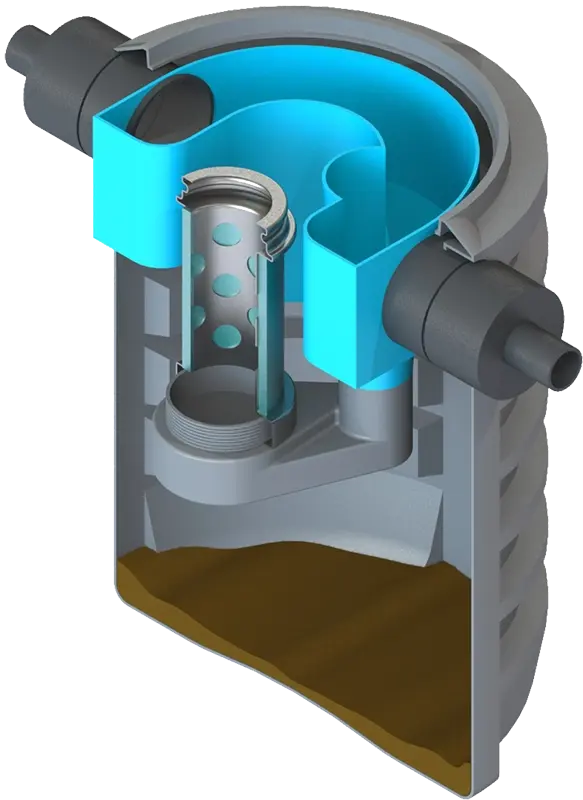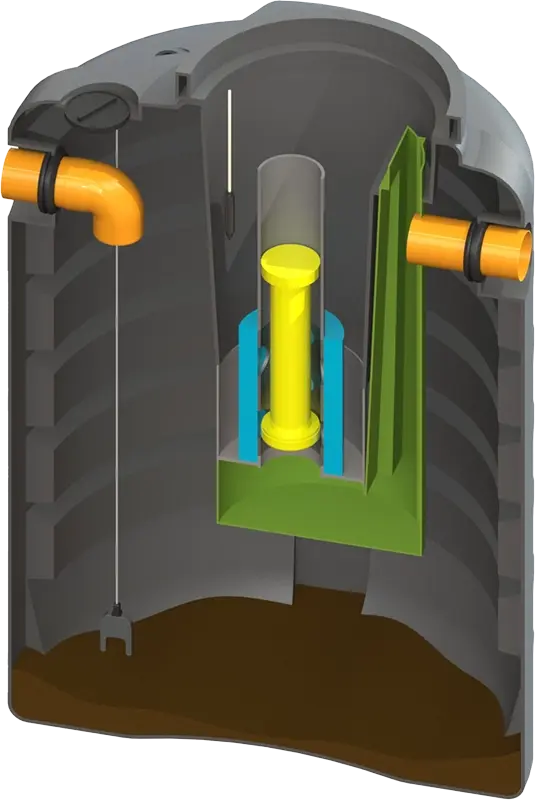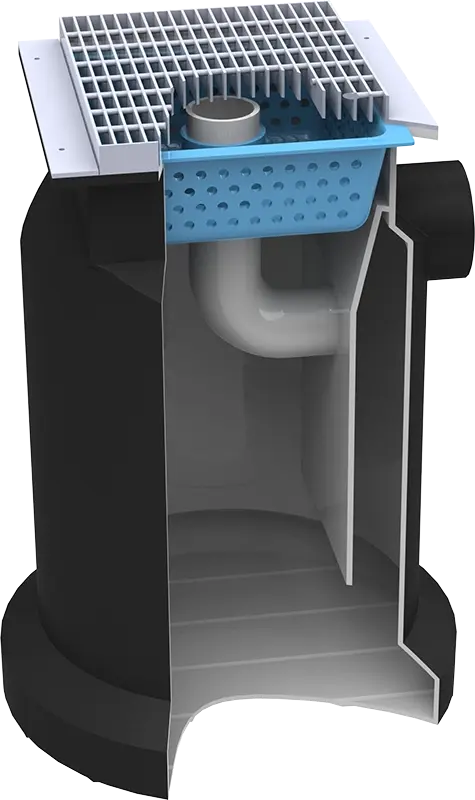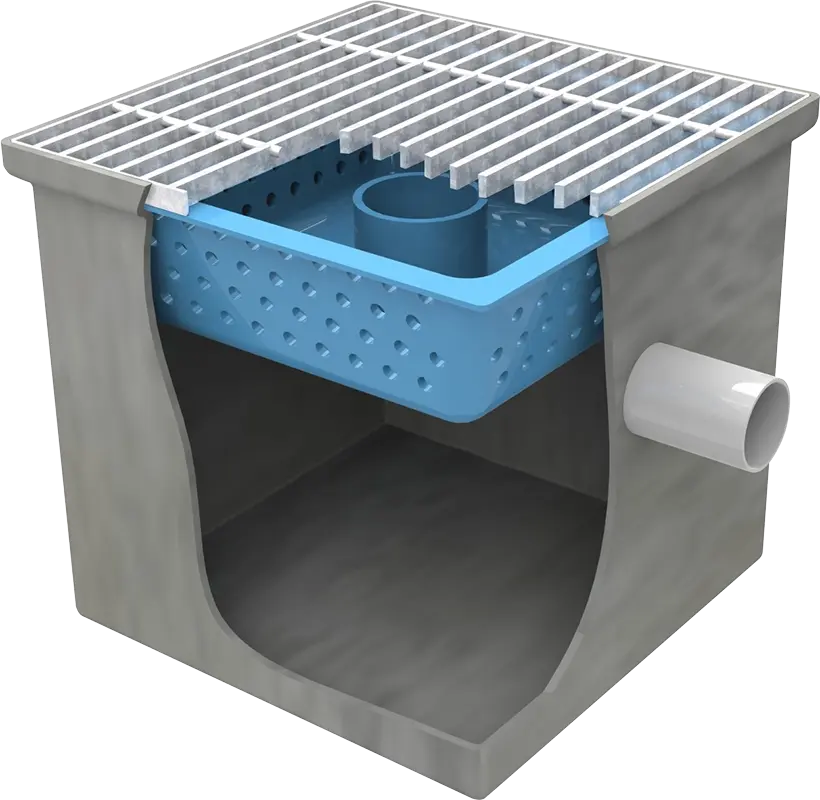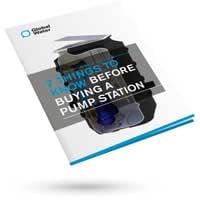How to separate hydrocarbons in stormwater treatment
In stormwater treatment, knowing how to separate hydrocarbons is essential for protecting waterways, meeting environmental compliance, and reducing long-term site risks. Hydrocarbons, such as oils, fuels, and greases, can enter stormwater runoff from roads, carparks, industrial sites, and fuel storage areas. If left untreated, they create surface sheens, contaminate soil, and harm aquatic ecosystems.

This article explores common hydrocarbon separation processes used in stormwater infrastructure, comparing the pros and cons of each method to help you choose the best solution for your site.
What are hydrocarbons and how do they enter stormwater?
Hydrocarbons are organic compounds made from hydrogen and carbon atoms. In stormwater systems, they typically originate from:
- Fuel leaks and spills in carparks and depots
- Dripping oil from vehicles and machinery
- Fuel stations, workshops, and loading areas
- Industrial and logistics facilities
Hydrocarbons are less dense than water and because of this are often immiscible. The most effective hydrocarbon separation processes rely on physical separation - although advanced filtration may also be needed.
Common hydrocarbon separation methods
Below are the most commonly used techniques for separating hydrocarbons in stormwater treatment systems. The right solution depends on site layout, pollutant load, environmental sensitivity, and maintenance capacity.
- Bypass oil-water separators
Bypass separators are designed to treat the “first flush” of rainfall - where the highest concentration of hydrocarbons is typically present. These systems are ideal for hardstand areas with low to moderate hydrocarbon risk and help reduce overall system size and cost.
Recommended product: EcoTreat® Class 1 Bypass Device
This unit is engineered to treat stormwater generated from rainfall over hard surfaces where concentrated hydrocarbons may be present. It offers an efficient solution for low-risk sites that require compliant hydrocarbon treatment without full retention.
Best suited for:
- Commercial carparks
- Access roads
- Light industrial sites
- Commercial precincts
- Shopping centres.
- Full retention water separation system
Full retention water separator systems are designed to treat all incoming flow, making them ideal for high-risk areas where spills, leaks, or consistent hydrocarbon exposure is expected. These systems ensure no bypass occurs, offering continuous protection.
Recommended product: EcoTreat® Class 1 Full Retention Device
A robust solution for sites with ongoing contamination, this hydrocarbon separator treats polluted runoff water in full, ensuring reliable performance and environmental compliance across a wide range of site conditions.
Best suited for:
- Fuel stations and depots
- Washdown bays
- Industrial loading zones with high hydrocarbon loads
- Airports and other aviation refuelling zones.
- Stormwater interceptors with hydrocarbon removal
Stormwater interceptor systems combine hydrocarbon treatment with the removal of fine silt, gross pollutants, and light liquids. Installed at the catchment point, they offer multi-stage treatment in a compact footprint and are ideal for pre-treatment or standalone applications.
Recommended product: Ecotreat® Stormwater Bypass Interceptor
This unit treats stormwater at the source by targeting hydrocarbons, fine silt, and other light-liquid contaminants. It also captures gross pollutants, helping protect downstream infrastructure and reduce pollutant loads.
Best suited for:
- Urban stormwater networks
- Commercial developments
- Sites with mixed pollutant run-off.
- Gross pollutant traps (GPTs)
Gross pollutant traps are a cost-effective first line of defence in stormwater treatment. While not designed specifically for hydrocarbons, they effectively remove large floating debris and silt that would otherwise clog downstream treatment systems.
Recommended product: EcoTreat® Gross Pollutant Trap
The most economical solution for capturing coarse solids, floating debris, and sediment from stormwater or washdown runoff. GPTs help extend the life and effectiveness of downstream hydrocarbon separation systems.
Best suited for:
- Urban catchments
- Shopping centres and public spaces
- Sites requiring pre-treatment before oil-water separation.
Comparison table: EcoTreat® hydrocarbon separation products
| Product | Primary function | Best suited for | Key benefits |
|---|---|---|---|
| Ecotreat® Class 1 Bypass Device | Treats first-flush runoff in low to moderate risk areas with exposure to large deluge | Carparks, driveways, light industrial areas |
|
| Ecotreat® Class 1 Full Retention Device | Treats all incoming stormwater flow for continuous hydrocarbon separation | Fuel stations, mechanical workshops, washdown bays |
|
| Ecotreat® Stormwater Bypass Interceptor | Multi-stage treatment – removes hydrocarbons, silt, and gross pollutants | Mixed-use developments, commercial sites, stormwater catchments |
|
| Ecotreat® Gross Pollutant Trap | Removes coarse solids, litter and sediment from stormwater | Urban developments, shopping centres, public spaces |
|
Choosing the right hydrocarbon separation solution
When planning hydrocarbon separation processes, it’s important to consider the following:
- Hydrocarbon load: Is it light oils, heavy fuel, or both?
- Site layout and access: Is underground space available?
- Maintenance needs: How often can filters or traps be serviced?
- Regulatory compliance: Are there discharge limits to meet?
In many cases, the most effective approach to stormwater treatment involves combining multiple stages. For example, using a gross pollutant trap to capture litter and sediment, followed by a class 1 full retention separator to remove hydrocarbons. In areas where space is limited or multiple pollutants are present, an all-in-one system that targets hydrocarbons, fine silt, and debris may offer a more efficient solution.
This layered approach helps deliver more reliable hydrocarbon separation, supports long-term system performance, and ensures compliance with environmental regulations.
At Global Water, we understand that every site is different. Whether you’re planning a new development or upgrading existing infrastructure, our team can help you design a tailored stormwater treatment system that meets your site conditions, flow rates, and compliance obligations. Get in touch with our team today to discuss your requirements and explore the best solution for your project.
Tags: Stormwater, Stormwater treatment



